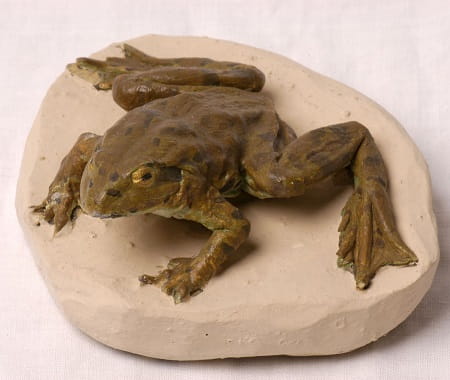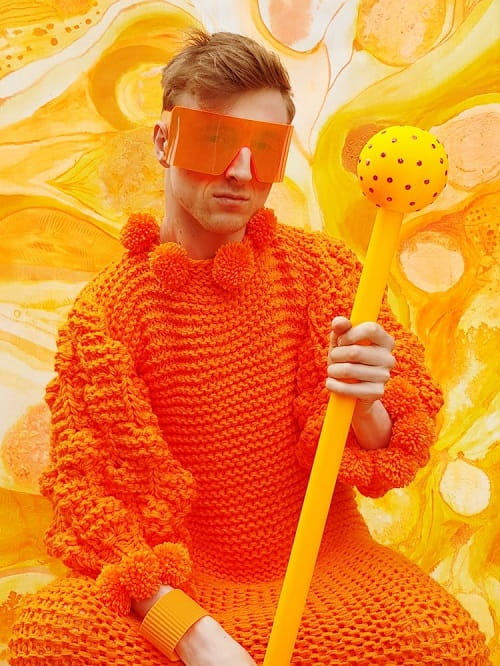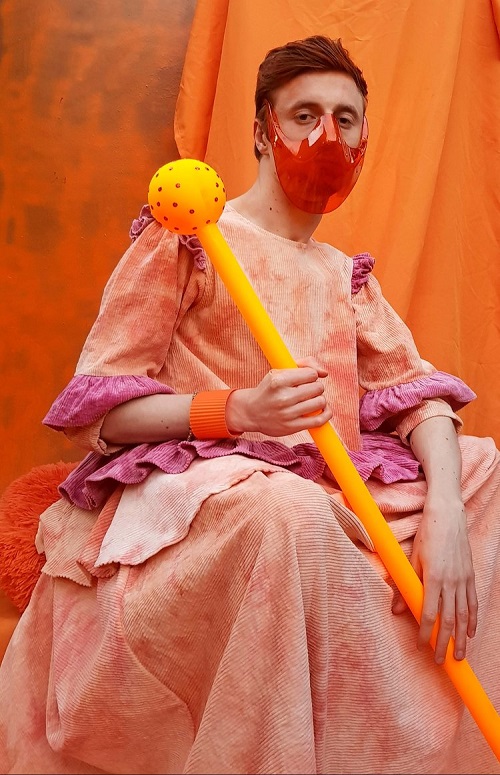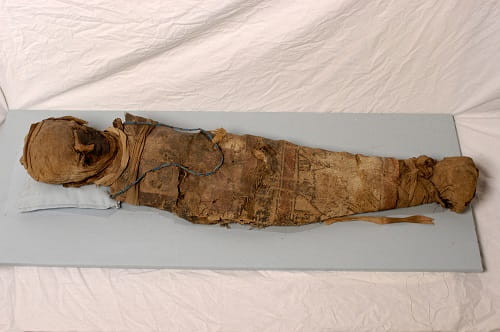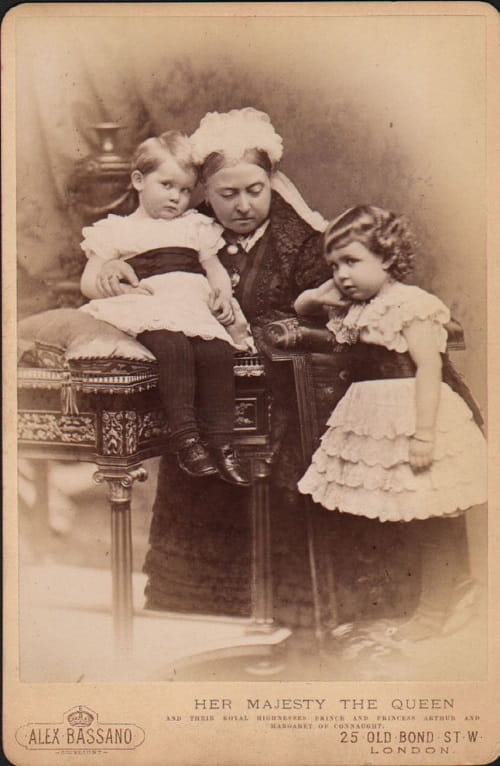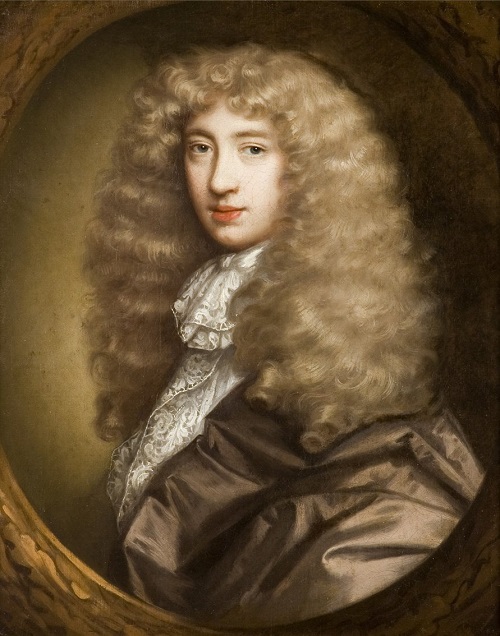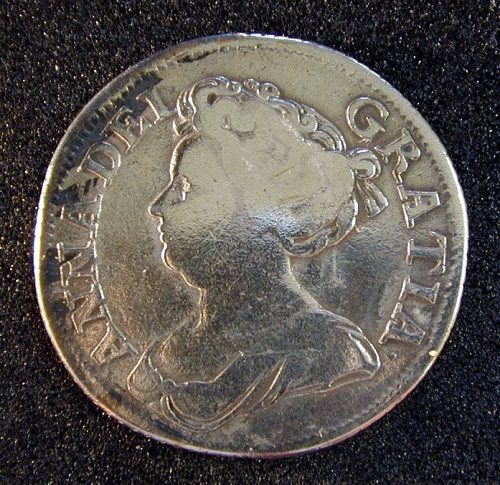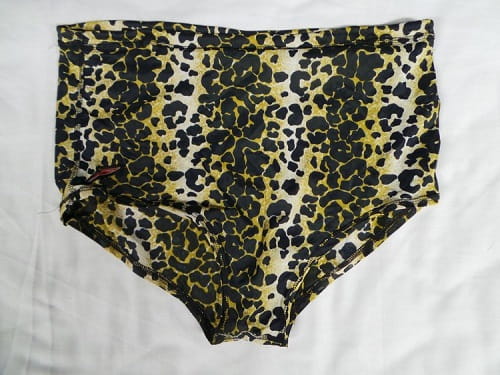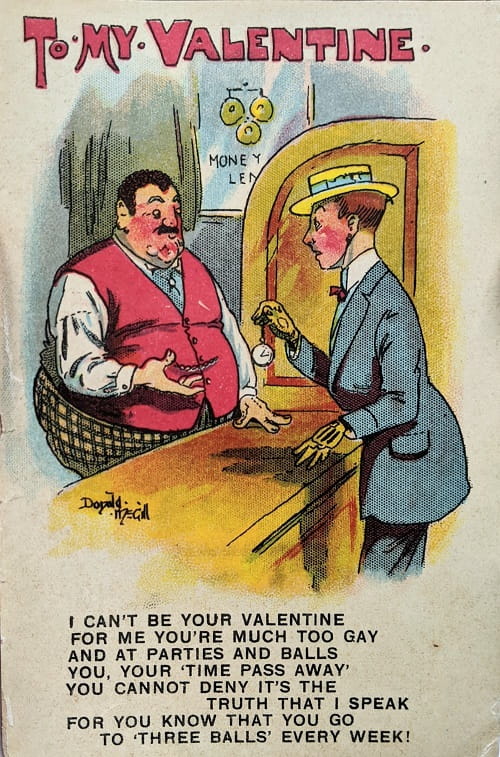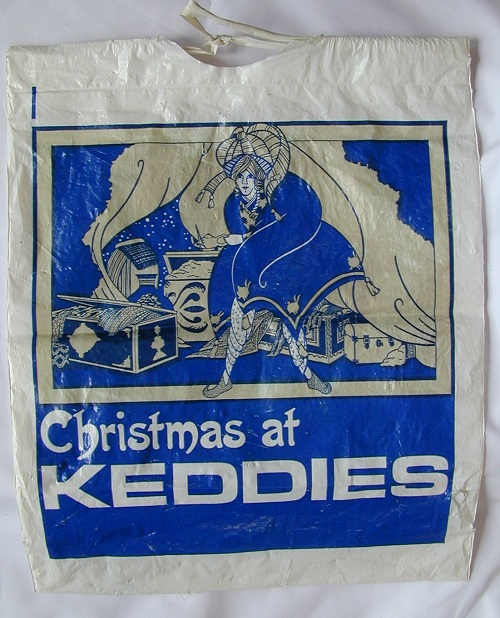Saffron Walden Museum has an extensive Natural Science collection with many species that reproduce in alternative ways. These animals reproducing in such ways pose interesting examples of operating outside of heteronormative ways of reproduction, i.e. male and female. For instance, some animals such as snails, discussed below, are intersex; the most recent update to the acronym LGBTQ+ consisted of adding IA, I denoting intersex, and A standing for asexual. Thus, these objects enable us to discuss lesser known subject formations often occluded within the LGBTQIA+ community.
Parthenogenesis refers to a method of asexual reproduction, common amongst a variety of animal species. Specific species of snakes can reproduce through parthenogenesis, even when male snakes are available. Saffron Walden has several python snake skins within their collections. Depicted below is the skin of a southern African rock python, Python sebae natalensis, from Mbala in Zambia. While parthenogenesis has not been observed in this specific species, the museum houses numerous snake skins.
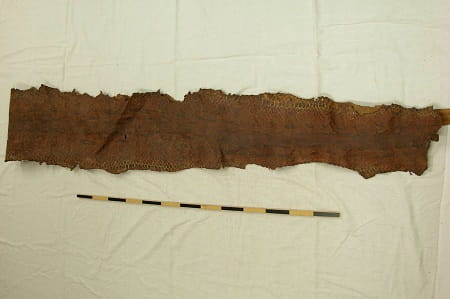
It is now inappropriate to refer to a human with discrepancies between their external genitalia and internal reproductive organs as a hermaphrodite. This term is derogatory as it insinuates a person can be born with both male and female genitalia, a physiology impossibility. The word hermaphrodite in fact stems from Greek mythology. The term is still used somewhat in biological studies though.
Instead of referring to snails as hermaphrodites, as they can mate with any member of their species, we must instead describe them as intersex. If we use intersex instead within our catalgouing of such objects, it becomes an educational opportunity to the wider public that the term hermaphrodite is no longer appropriate to describe a living thing with discrepancies between their external or internal reproductive organs.

The museum has a variety of intersex animal specimens: snails, frogs, and parrot fish for example. In the image above, are two shells of ramshorn snails mounted upon a piece of card. The Latin name is Planorbis planorbis now. These are nineteenth century specimens collected in the grounds of Audley End House near Saffron Walden in Essex. The image below is a plaster model of the common frog, Rana temporaria, produced by taxidermy company Edward Gerrard and Sons in London and purchased in 1951. Frogs can change sex if they are exposed to the chemical atrazine. While not depicted here, the museum also has the head of a parrot fish, a species of fish which can change sex.
